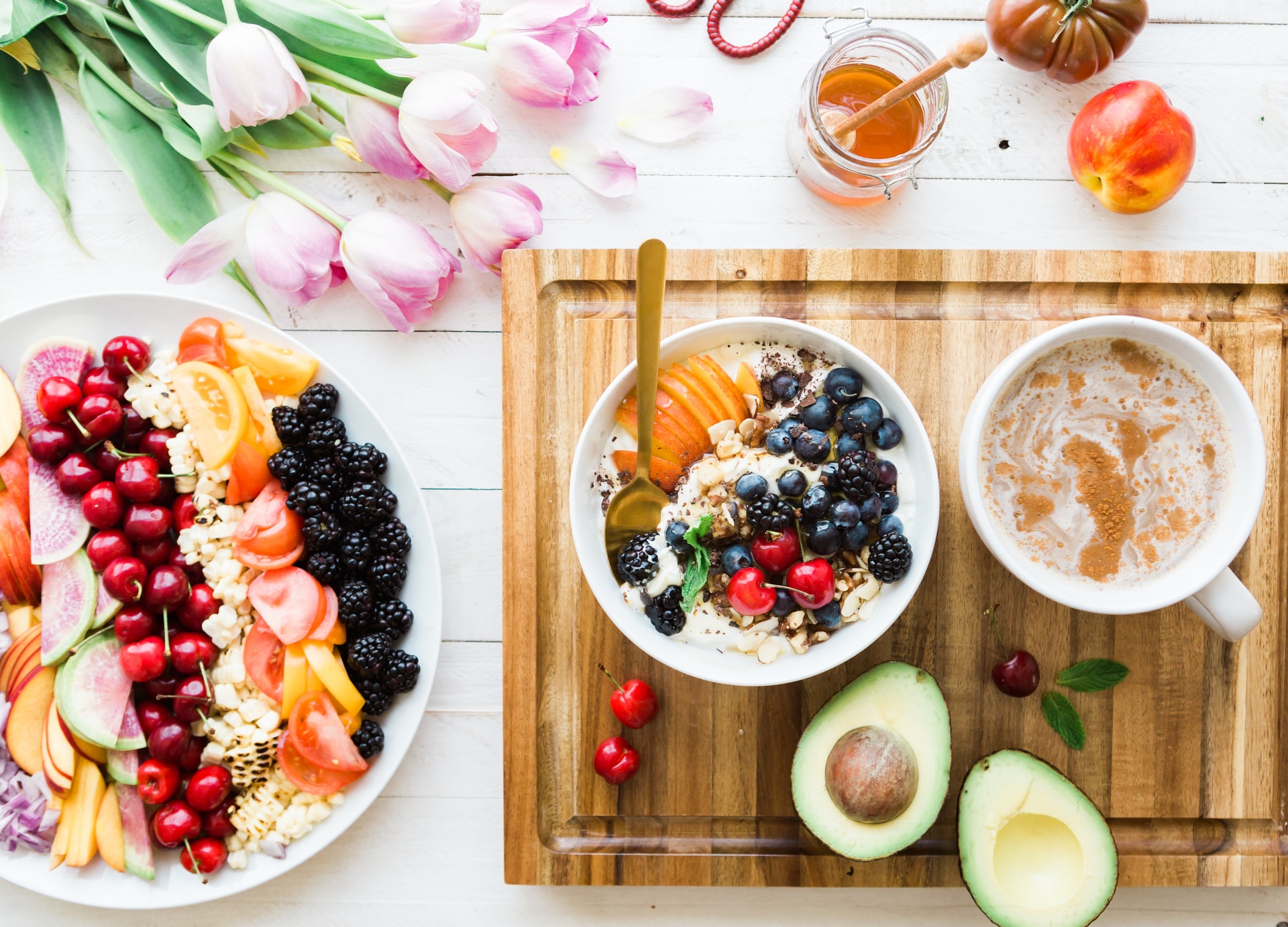2022 has just started, but the recent dramatic increase of COVID-19 cases has contributed a lot of challenge and stress to one’s well-being. At this point, instead of looking for the latest diet craze that can jumpstart your weight loss goals (but at the same time, can harm your health), engage in a healthy eating program that can improve your immune system, energy level, and overall health.
Avoid extreme caloric restriction, intense fasting, nutrient deprivation, and just focus on getting a well-balanced diet that can heal your body. Depriving yourself of the essential nutrients, vitamins and minerals can negatively affect your health.
The following guidelines and healthy eating ideas can help improve your overall health and fitness, prevent severe health problems, and help heal your body faster and effectively if ever you are currently experiencing some illness.
Enjoy your breakfast
Give color to your mornings by preparing a delicious and healthy breakfast meal. This habit can empower you as soon as you wake up while setting a positive vibe for the whole family. Vary your breakfast to make the habit more consistent.
- Prepare a colorful omelet by combining egg, spinach, cheese, red bell pepper, tomato, onion, garlic, and sweet potato.
- Eat half a cup of brown rice with fish, sunny side up, and chopped tomatoes, onion, cilantro on the side.
- Mix yogurt with oats, almonds, chia seeds, and fresh fruits
- Create a healthy pancake by combining egg, rolled oats, nut milk, flaxseed meal, light butter, and sugar-free syrup.
- Eat your avocado and egg with a multi-grain bread with a salad (plus a tablespoon of your favorite dressing) on the side.
Focus on increasing your vegetable intake
Prioritize vegetables every time you shop for food. You can always order fresh vegetables, even online, two to three times a week.
- Consume a huge amount of vegetables during the day. Always have at least half a cup of green leafy vegetables like kangkong, spinach, kale, cabbage, pechay, and watercress that you can add to your meals.
- If you are trying to lessen your grains like rice and bread, replace half of your usual portion with vegetable substitutes like cauliflower rice, combine broccoli with carrots, or add more mushrooms to your meals. You can also eat sweet potato or corn with your viand.
- Try to eat more cooked vegetables, especially if you are not feeling well, such as vegetable soup, stir-fried mixed veggies, balanced green leafy vegetables instead of salad.
- If you don’t have enough veggies with your meals, drink vegetable shakes or smoothies once or twice a day.
Fruits as snacks or desserts instead of sweets
Stay away from processed and sugary foods. Get the natural sugars with fiber, vitamins, and minerals from fruits.
- Always stock up on fruits like berries, orange, papaya, apple, pomelo, melon, pear, and banana.
- You can also keep frozen fruits like strawberries and blueberries that you can readily put on your smoothies.
- Mix dried fruits like raisins, dried cranberries, dates, and apricots with your chia pudding or yogurt snacks.
- If you crave crunchy and sweet snacks, you can get baked fruit chips like banana or apple chips that you can get from healthy grocery stores.
Try a semi-flexitarian way of eating
As much as possible, prioritize vegetables and healthy grains, but achieve balance with protein and fat intake by including egg, milk, seafood, poultry, and lean meat in your diet. The flexitarian way of eating focuses more on plant-based foods like fruits, vegetables, nut milk, beans, and nuts but incorporates occasional meats during the week (a serving or three-ounce of meat top to three times a week).
- The key is sustaining a healthy eating habit is to vary your meals. Try to eat more seafood, plant-based protein like tofu, beans, lentils, eggs, and chicken on most days of the week.
- Eat your lean meat servings when you crave them during the week and on weekends with your friends and family.
- Practice portion control. You can use your palm to estimate the recommended amount of protein intake for every meal, especially when you eat meat.
Do not avoid healthy carbs
You should not avoid carbs that give you energy and fiber-like brown rice, multi-grain bread, whole wheat pasta. Eating healthy carbs can also prevent you from experiencing extreme hunger pangs and cravings that usually happen in the afternoon or after dinner.
- If you are trying to lose weight, you should prioritize the elimination of unhealthy carbs like sweets (cakes, cookies, pastries, sweetened drinks, chocolates, sweet bread, ice cream).
- You can also practice portion control with healthy carbs, like eating a piece of bread or consuming half a cup of rice or pasta for your meals.
Monitor your water intake
Hydration is super important to be able to function during the day entirely. It helps you avoid sickness and helps heal the body.
- Always choose to drink water and make it a habit. Aim for at least two liters or eight 250ml glasses of water for the whole day. If you have a 500ml water bottle, you need to fill that bottle four times or more. Avoid liquid calories full of sugar like iced tea and milk tea.
- You need to increase your water intake, especially if you do longer workout hours and more intense workouts.
Avoid eating late at night
It is vital to have a satisfying and filling dinner consisting of vegetables, a moderate protein dish, and grains to avoid hunger pangs and cravings at night.
- Eliminate high-calorie snacks at home like chips and sweets, especially inside your bedroom
- If you eat as early as 6 pm for dinner and your sleeping time is at 10, in case you get hungry, instead of grabbing a bag of chips or a slice of cake, then you can have a fruit, a handful of nuts/seeds, yogurt or milk at 8 pm.
Email the author at [email protected] or follow her on Instagram @mitchfelipemendoza













































